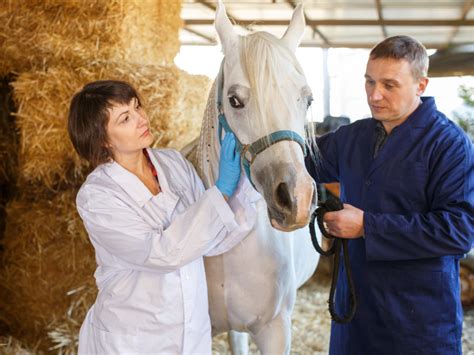Effective Horse Pain Management: Bute's Place in Modern Equine Care
Phenylbutazone, commonly known as Bute, has long been a mainstay in equine pain management. Its effectiveness in reducing inflammation and alleviating pain makes it a frequently prescribed medication for horses suffering from various ailments. However, understanding Bute's role, its limitations, and responsible usage is crucial for horse owners and veterinary professionals alike. This article delves into the effective use of Bute, exploring its benefits, potential risks, and the broader landscape of modern equine pain management strategies.
What is Bute (Phenylbutazone) and How Does it Work?
Bute is a non-steroidal anti-inflammatory drug (NSAID) that works by inhibiting the production of prostaglandins, substances in the body that contribute to inflammation and pain. Its potent anti-inflammatory and analgesic properties make it effective in treating a wide range of conditions in horses, including:
- Laminitis: A painful inflammatory condition affecting the hoof.
- Colic: Abdominal pain, often stemming from digestive issues.
- Osteoarthritis: Degenerative joint disease causing stiffness and pain.
- Soft tissue injuries: Muscle strains, sprains, and tendon injuries.
- Post-surgical pain: Pain management following procedures.
It's important to note that Bute doesn't address the underlying cause of the pain; it simply manages the symptoms.
Is Bute Safe for Horses? What are the Potential Side Effects?
While effective, Bute isn't without risks. Prolonged or improper use can lead to several side effects, including:
- Gastrointestinal ulcers: A common side effect due to Bute's impact on the stomach lining.
- Kidney damage: Long-term use can strain the kidneys.
- Liver damage: Similar to kidney damage, prolonged use can impact liver function.
- Bone marrow suppression: In rare cases, Bute can suppress bone marrow function.
- Increased risk of bleeding: Bute can interfere with blood clotting.
What are the Alternatives to Bute for Horse Pain Management?
Modern equine pain management offers a range of alternatives to Bute, either as stand-alone treatments or in conjunction with Bute for a more holistic approach:
- Other NSAIDs: Such as firocoxib (Equioxx) and ketoprofen (Ketofen), which may have different side effect profiles.
- Polysulfated glycosaminoglycans (PSGAGs): These help support cartilage health and reduce inflammation.
- Adequan: A drug containing PSGAGs that helps to improve joint function.
- Hyaluronic acid: Injected into the joint to lubricate and reduce friction.
- Acupuncture and chiropractic care: Complementary therapies that can help address underlying musculoskeletal issues.
- Therapeutic exercise and rehabilitation: Helps strengthen muscles and improve joint mobility.
How is Bute Administered to Horses?
Bute is typically administered orally, usually in paste or powder form. The dosage and frequency are determined by the veterinarian based on the horse's weight, condition, and the severity of the pain. It's crucial to follow the veterinarian's instructions precisely.
How Long Can a Horse be on Bute?
The duration of Bute treatment varies depending on the horse's condition and response to the medication. Long-term use should be carefully monitored by a veterinarian to minimize the risk of side effects. Regular blood tests may be necessary to check kidney and liver function.
What are the Signs of Bute Toxicity in Horses?
Signs of Bute toxicity can include lethargy, anorexia, colic, and gastrointestinal bleeding. If you suspect Bute toxicity, contact your veterinarian immediately.
Can I Buy Bute Over the Counter for My Horse?
No, Bute is a prescription medication and should only be obtained and administered under the guidance of a veterinarian. Improper use can be harmful to your horse.
Conclusion: A Balanced Approach to Equine Pain Management
Bute remains a valuable tool in equine pain management, but its use should be approached responsibly and in conjunction with a comprehensive understanding of its potential side effects. A collaborative approach involving a veterinarian, who considers the horse's overall health and well-being, is crucial for ensuring effective and safe pain management. Modern equine medicine offers a diverse range of alternatives and complementary therapies, allowing for a tailored approach to optimize pain relief while minimizing potential risks. This balanced strategy helps ensure the health and well-being of our equine partners.

